A lead generation platform is a tool that helps businesses attract and convert potential customers. It streamlines the process of collecting leads through various channels like social media, email, and websites.
Effective lead generation is crucial for any business aiming to boost sales and grow. These platforms offer various features, including lead capture forms, analytics, and CRM integration. By utilizing these tools, companies can identify high-quality leads and nurture them through the sales funnel.
Many platforms also provide automation features, saving time and improving efficiency. A well-designed lead generation strategy can significantly enhance a business’s outreach efforts and customer engagement. By understanding how to use these platforms effectively, businesses can achieve better conversion rates and drive revenue growth.
Table of Contents
The Essence Of Lead Generation
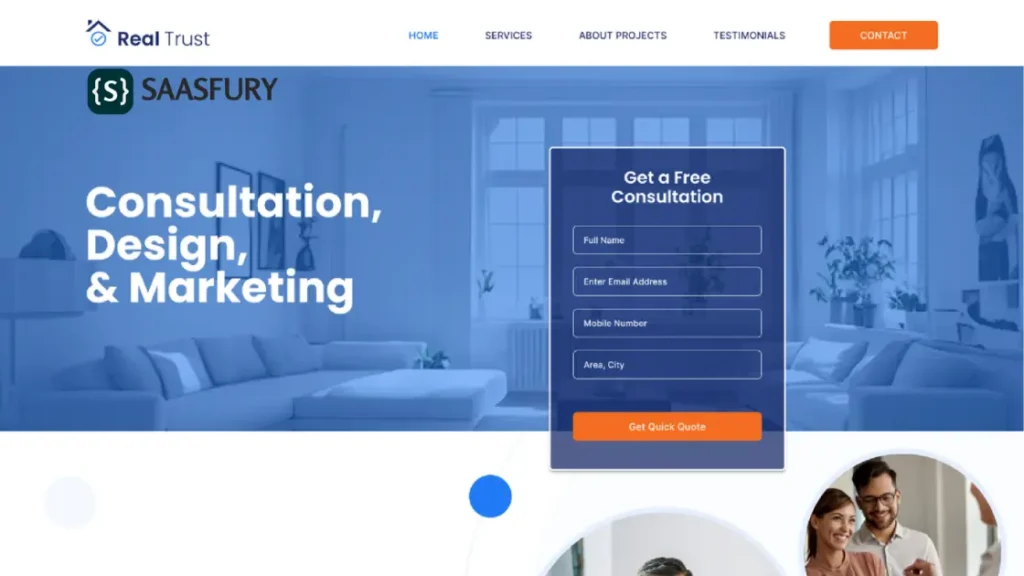
Lead generation is crucial for businesses. It helps attract potential customers. A lead generation platform simplifies this process. It collects and manages leads effectively.
Defining Lead Generation Platforms
A lead generation platform is a tool designed to gather information. It captures details about potential customers. These platforms use various methods to collect leads. Examples include:
- Landing pages
- Web forms
- Social media campaigns
- Email marketing
Data collected includes:
| Data Type | Description |
|---|---|
| Name | Full name of the lead |
| Email address for communication | |
| Phone Number | Contact number for follow-ups |
| Company | Name of the lead’s company |
This information helps businesses understand their target audience.
Why Businesses Need Lead Generation
Lead generation is essential for several reasons:
- Increases sales opportunities.
- Builds a database of potential customers.
- Enhances brand awareness.
- Improves marketing strategies.
A strong lead generation process leads to higher conversion rates. It turns potential customers into paying clients. With the right platform, businesses can streamline this process.
Core Features Of Lead Generation Platforms
Lead generation platforms are essential tools for businesses. They help capture potential customers and manage leads effectively. Understanding their core features can enhance your marketing efforts. Here are the key functionalities.
Contact Information Capture
Effective lead generation starts with capturing contact information. This feature allows businesses to collect details like:
- Name
- Email Address
- Phone Number
- Company Name
Many platforms use forms and landing pages to gather this data. Some also offer:
- Pop-up forms
- Chatbots
These tools engage visitors and encourage them to share their information. The more data collected, the better the chances of conversion.
Lead Tracking And Management
Tracking leads is vital for nurturing them. Lead generation platforms provide tracking features that include:
| Feature | Description |
|---|---|
| Lead Scoring | Assigns points based on engagement level. |
| Activity Tracking | Monitors interactions with emails and websites. |
| Follow-Up Reminders | Sends alerts for timely communication. |
Managing leads helps prioritize efforts. Businesses can focus on leads most likely to convert.
Integration With Other Tools
Integration is a game-changer for lead generation. Most platforms connect seamlessly with other software, such as:
- CRM systems
- Email marketing tools
- Analytics platforms
This connectivity allows for:
- Streamlined workflows
- Better data analysis
- Enhanced marketing campaigns
Integrating tools saves time. It helps businesses to focus on what matters most—converting leads into customers.
Types Of Lead Generation Platforms
Lead generation platforms come in various forms. Each type serves different marketing strategies. Understanding these types helps businesses choose the right tools.
Inbound Lead Generation Systems
Inbound lead generation systems attract potential customers. They focus on drawing users to your brand. Key features include:
- Content Marketing: Blogs and videos that engage users.
- SEO: Optimizing content for search engines.
- Social Media: Using platforms like Facebook and Twitter.
- Email Marketing: Sending targeted emails to interested users.
These systems nurture leads through valuable content. They convert visitors into customers effectively.
Outbound Lead Generation Tools
Outbound lead generation tools actively seek leads. They involve direct outreach to potential customers. Common methods include:
- Cold Calling: Reaching out via phone calls.
- Email Outreach: Sending personalized emails to prospects.
- Advertising: Running ads on various platforms.
These tools help businesses target specific audiences. They generate leads through proactive engagement.
Database Marketing And CRM Platforms
Database marketing and CRM platforms manage customer information. They help track interactions and data. Key functions include:
- Lead Tracking: Monitoring lead progress through the sales funnel.
- Segmentation: Categorizing leads based on behavior.
- Analytics: Analyzing data for better decision-making.
These platforms enhance customer relationships. They streamline the lead generation process.
Evaluating Lead Generation Platforms
Choosing the right lead generation platform can transform your business. A good platform increases your leads and boosts sales. Evaluating features helps find the best fit for your needs.
Ease Of Use And Customization
Look for platforms that are user-friendly. A simple interface saves time and reduces frustration. Check for customization options to match your branding.
- Intuitive dashboard
- Drag-and-drop functionality
- Customizable templates
Platforms should allow you to:
- Create tailored landing pages
- Adjust lead forms easily
- Personalize email campaigns
Scalability And Performance
Choose a platform that grows with your business. Scalability ensures it can handle more leads as you expand. Performance is key; fast loading times keep users engaged.
| Feature | Importance |
|---|---|
| Load Speed | Reduces bounce rates |
| Integration | Works with other tools |
| Analytics | Tracks performance metrics |
Cost-benefit Analysis
Evaluate the cost against the features offered. Look for platforms that provide good value. Consider hidden fees that may arise later.
- Monthly subscription costs
- Setup fees
- Support costs
Calculate potential ROI based on:
- Increased leads
- Higher sales conversions
- Time saved on tasks
Invest in a platform that maximizes your return.
Lead Generation Strategies And Best Practices
Effective lead generation requires smart strategies. These methods attract potential customers. Understanding best practices helps maximize results. Here are key strategies to enhance lead capture.
Content Marketing For Lead Capture
Content marketing plays a vital role in lead generation. It involves creating valuable, relevant content. This content attracts and engages the target audience. Key content types include:
- Blog Posts: Informative articles that address audience pain points.
- Ebooks: In-depth guides that offer detailed insights.
- Webinars: Live sessions that provide valuable knowledge.
To capture leads, use effective calls-to-action (CTAs). Place CTAs at strategic points in your content. Offering free resources in exchange for contact details works well. Here’s a simple table of effective content marketing tactics:
| Tactic | Description |
|---|---|
| Blogging | Regular posts that educate and inform. |
| Infographics | Visual content that simplifies complex data. |
| Podcasts | Audio content that engages listeners. |
Leveraging Social Media Channels
Social media is crucial for lead generation. It allows direct interaction with potential leads. Use platforms like Facebook, LinkedIn, and Instagram effectively. Here are tips for leveraging social media:
- Create Engaging Posts: Share valuable content regularly.
- Use Hashtags: Reach a broader audience through trending tags.
- Run Contests: Encourage sharing for giveaways.
Social media ads can also target specific demographics. This can lead to higher conversion rates.
Email Marketing Tactics
Email marketing remains a powerful tool for lead generation. It allows personalized communication with leads. Consider these effective tactics:
- Segmentation: Group contacts based on interests.
- Personalization: Customize emails for individual recipients.
- A/B Testing: Test different subject lines and content.
Always include a clear CTA in your emails. Encourage recipients to take action. Track open rates and click-through rates for improvements.
Challenges In Lead Generation
Lead generation can be tricky. Businesses face several obstacles. Understanding these challenges helps improve strategies. Here are some key issues in lead generation.
Maintaining Data Quality
High-quality data is crucial for successful lead generation. Poor data leads to:
- Wasted resources
- Misleading insights
- Poor customer experiences
Data can become outdated quickly. Regular updates and cleaning are necessary. Use tools to automate this process.
Navigating Privacy Regulations
Privacy laws impact how businesses collect and use data. Key regulations include:
| Regulation | Region | Key Requirement |
|---|---|---|
| GDPR | EU | Consent for data collection |
| CCPA | California | Right to access and delete |
| PECR | UK | Cookies consent |
Staying compliant builds trust. Non-compliance can lead to hefty fines.
Overcoming Market Saturation
Many businesses compete for the same leads. Market saturation makes it hard to stand out. Here are ways to overcome this:
- Identify a niche market.
- Focus on unique selling points.
- Use targeted marketing campaigns.
Creativity and innovation can help capture attention. Engaging content attracts potential customers.
Emerging Trends In Lead Generation
Lead generation is evolving fast. New trends shape how businesses attract customers. These changes enhance efficiency and improve results. Let’s explore some of the key trends in lead generation today.
Ai And Automation In Lead Generation
Artificial Intelligence (AI) is transforming lead generation. It helps businesses analyze data quickly. AI tools can identify potential leads by examining user behavior.
- Chatbots: They engage visitors 24/7.
- Predictive Analytics: This forecasts customer needs.
- Lead Scoring: AI ranks leads based on their readiness to buy.
Automation saves time. It allows teams to focus on high-value tasks. Tools like email automation nurture leads automatically. This leads to better conversions.
The Rise Of Account-based Marketing
Account-Based Marketing (ABM) is gaining popularity. This strategy targets specific companies rather than broad audiences. It creates personalized marketing experiences.
Key elements of ABM include:
- Identifying high-value accounts.
- Creating tailored content for each account.
- Using data to measure engagement.
ABM increases efficiency. It aligns sales and marketing teams. This approach leads to higher ROI.
Adapting To Changing Consumer Behaviors
Consumer behaviors shift quickly. Businesses must adapt to stay relevant. Understanding these changes is crucial for effective lead generation.
| Behavior Change | Business Response |
|---|---|
| Increased online research | Provide valuable content and resources. |
| Demand for personalization | Use data to offer customized experiences. |
| Preference for social media | Engage customers on popular platforms. |
Staying aware of these trends boosts lead generation efforts. It helps create meaningful connections with potential customers.
Case Studies: Successful Lead Generation Campaigns
Lead generation platforms can transform how businesses attract customers. Here, we explore real-world success stories. These case studies highlight effective strategies and valuable lessons.
B2b Lead Generation Success Stories
Many businesses have excelled in B2B lead generation. Here are a few notable examples:
| Company | Strategy Used | Results |
|---|---|---|
| Tech Solutions | Webinars and Free Trials | 300% increase in leads |
| Marketing Pros | Email Campaigns | 45% open rate |
| Consulting Experts | LinkedIn Outreach | 200% growth in connections |
These companies effectively used lead generation platforms. They targeted the right audience and provided value through content. This approach led to a significant increase in leads.
Revolutionizing B2c Lead Acquisition
B2C businesses have also found success in lead generation. Here are key strategies:
- Social Media Advertising: Engaging posts attract potential customers.
- Influencer Partnerships: Collaborations boost brand visibility.
- Interactive Content: Quizzes and polls engage users.
For example, a clothing brand used Instagram ads. They saw a 50% rise in website traffic. Interactive posts encouraged users to share their experiences. This approach built a community around the brand.
Lessons Learned From Failed Campaigns
Not every campaign is a success. Learning from failures is essential. Here are common pitfalls:
- Ignoring audience segmentation led to irrelevant leads.
- Overloading emails with information resulted in low engagement.
- Neglecting follow-ups caused potential leads to slip away.
One company launched a campaign without clear goals. They faced low conversion rates. Another brand used generic messages. Their audience felt disconnected and uninterested.
Understanding these mistakes helps refine future strategies. Businesses can adapt and improve their lead generation efforts.
The Future Of Lead Generation Platforms
The landscape of lead generation is rapidly evolving. Businesses seek innovative ways to attract customers. New technologies are reshaping how leads are generated and nurtured. Understanding these changes is crucial for future success.
Predictions For Technology Advancements
Technology will drive significant changes in lead generation. Here are some key predictions:
- AI Integration: Artificial intelligence will automate many processes.
- Chatbots: These will provide real-time assistance to potential leads.
- Personalization: Custom experiences will become the norm.
- Voice Search: More leads will come through voice-activated searches.
These advancements will enhance user engagement. They will also improve lead quality and conversion rates.
The Role Of Data Analytics In Lead Gen
Data analytics will play a crucial role in lead generation. Businesses will rely on data for better decision-making. Key aspects include:
| Aspect | Importance |
|---|---|
| Predictive Analytics | Identifies potential leads before they show interest. |
| Customer Segmentation | Targets specific groups for tailored campaigns. |
| Performance Tracking | Measures the success of lead generation efforts. |
Data-driven strategies will improve lead conversion rates. Businesses can adapt their tactics based on real-time insights.
Preparing For The Next Wave Of Innovation
Organizations must stay ahead of the curve. Here are steps to prepare:
- Invest in Technology: Adopt new tools and platforms.
- Train Staff: Ensure teams understand new technologies.
- Test New Strategies: Regularly experiment with innovative approaches.
- Monitor Trends: Keep an eye on industry changes and emerging technologies.
Preparation is key for success in the evolving lead generation landscape. Embracing change will lead to better opportunities.
Conclusion
A lead generation platform is essential for businesses aiming to grow. It streamlines the process of attracting and converting potential customers. By using these tools effectively, companies can enhance their marketing strategies. Investing in a reliable platform can lead to increased sales and long-term success.
Start exploring your options today.


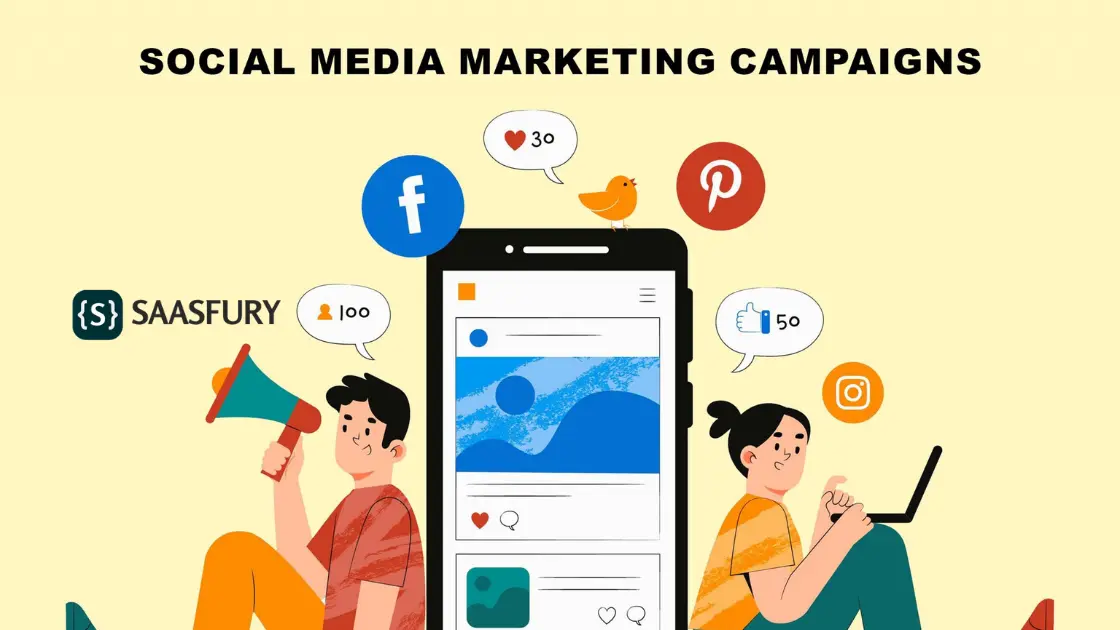
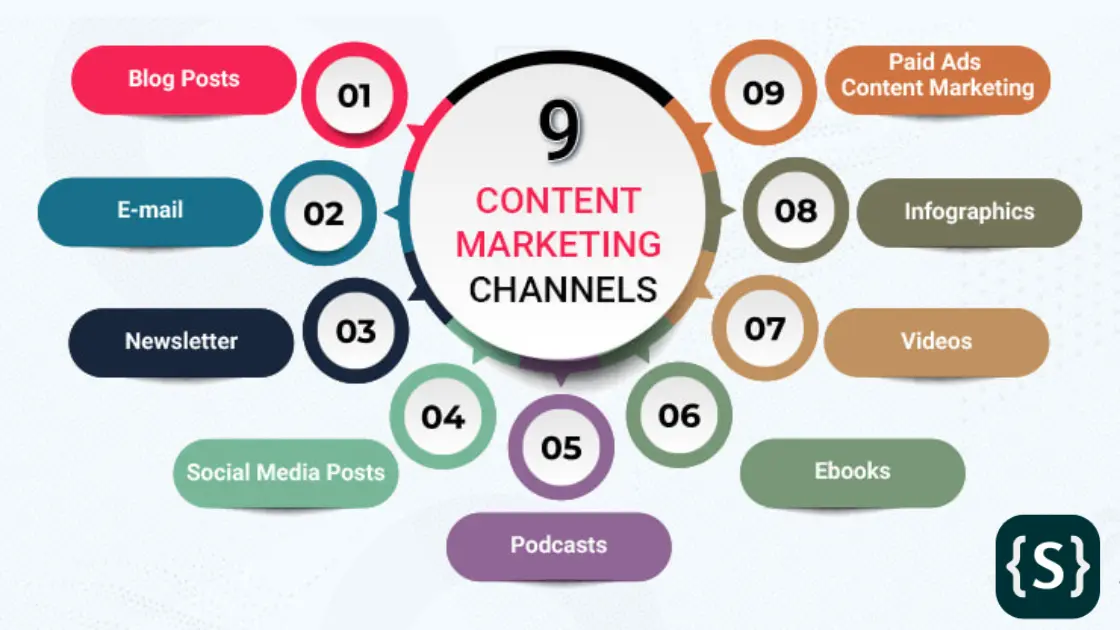
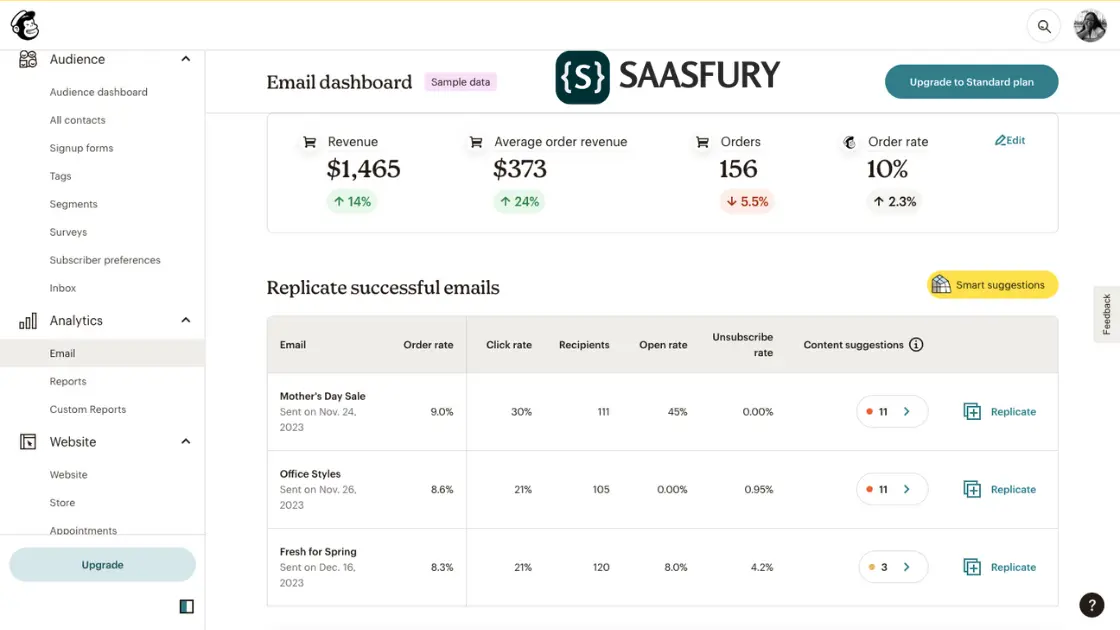
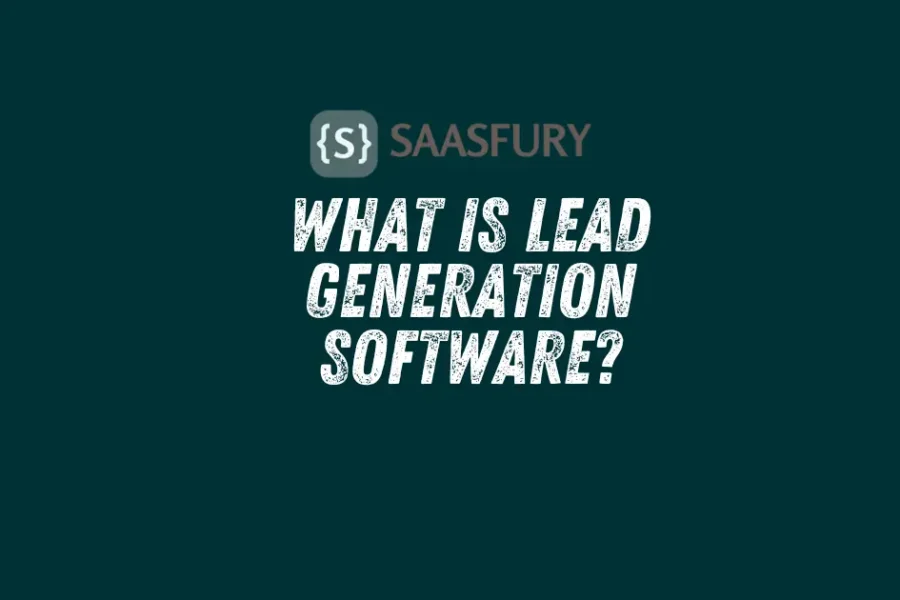


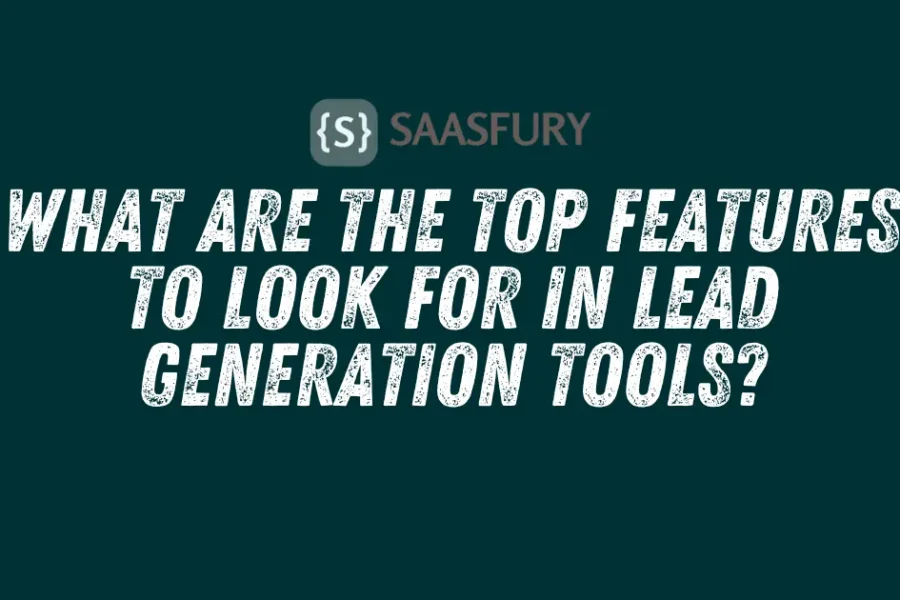
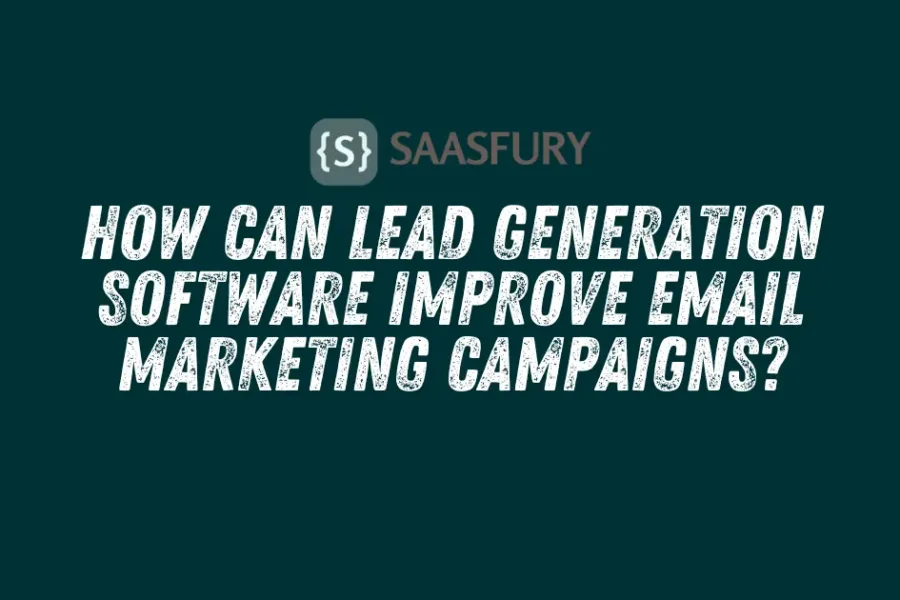
Leave a Comment